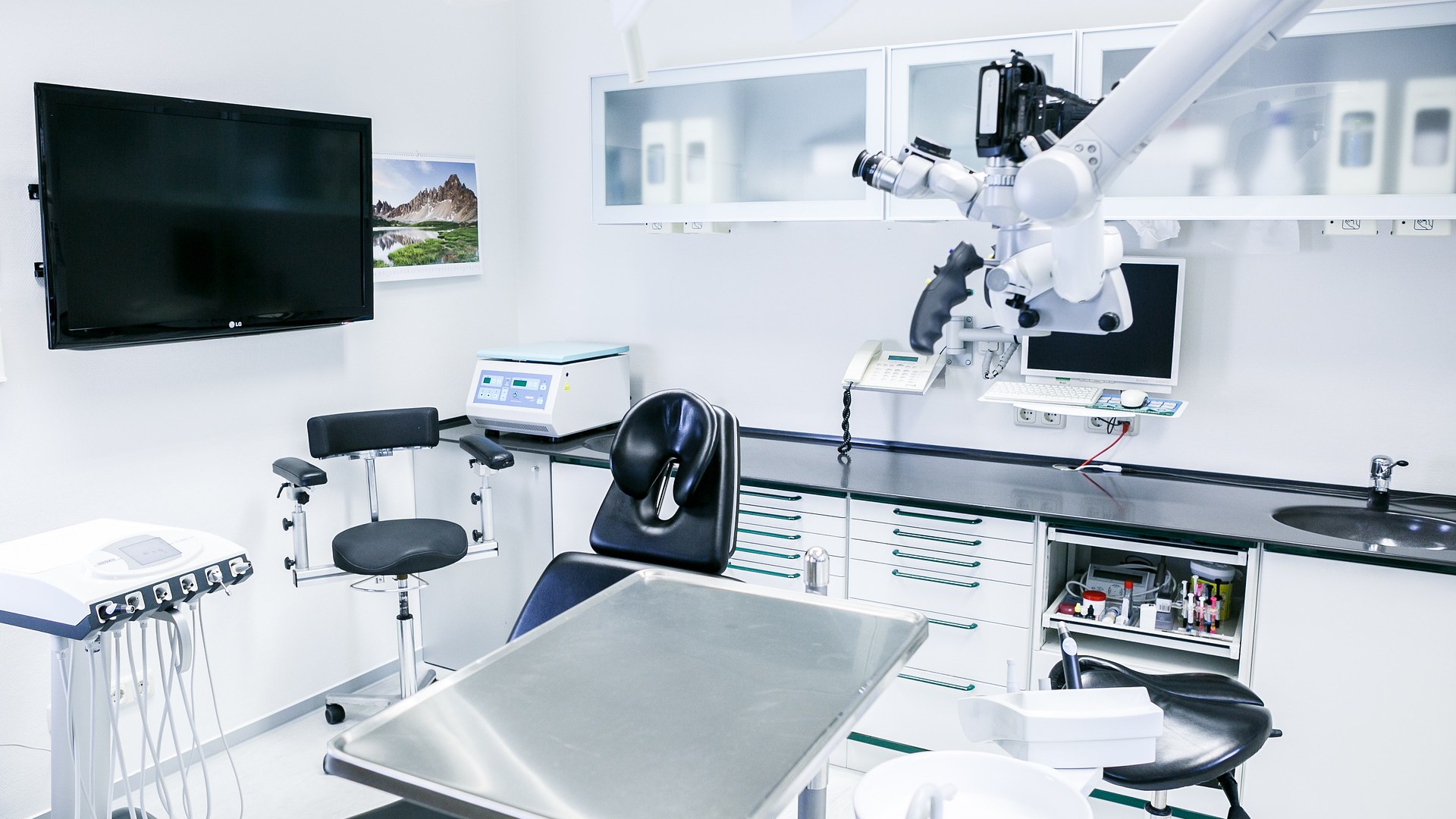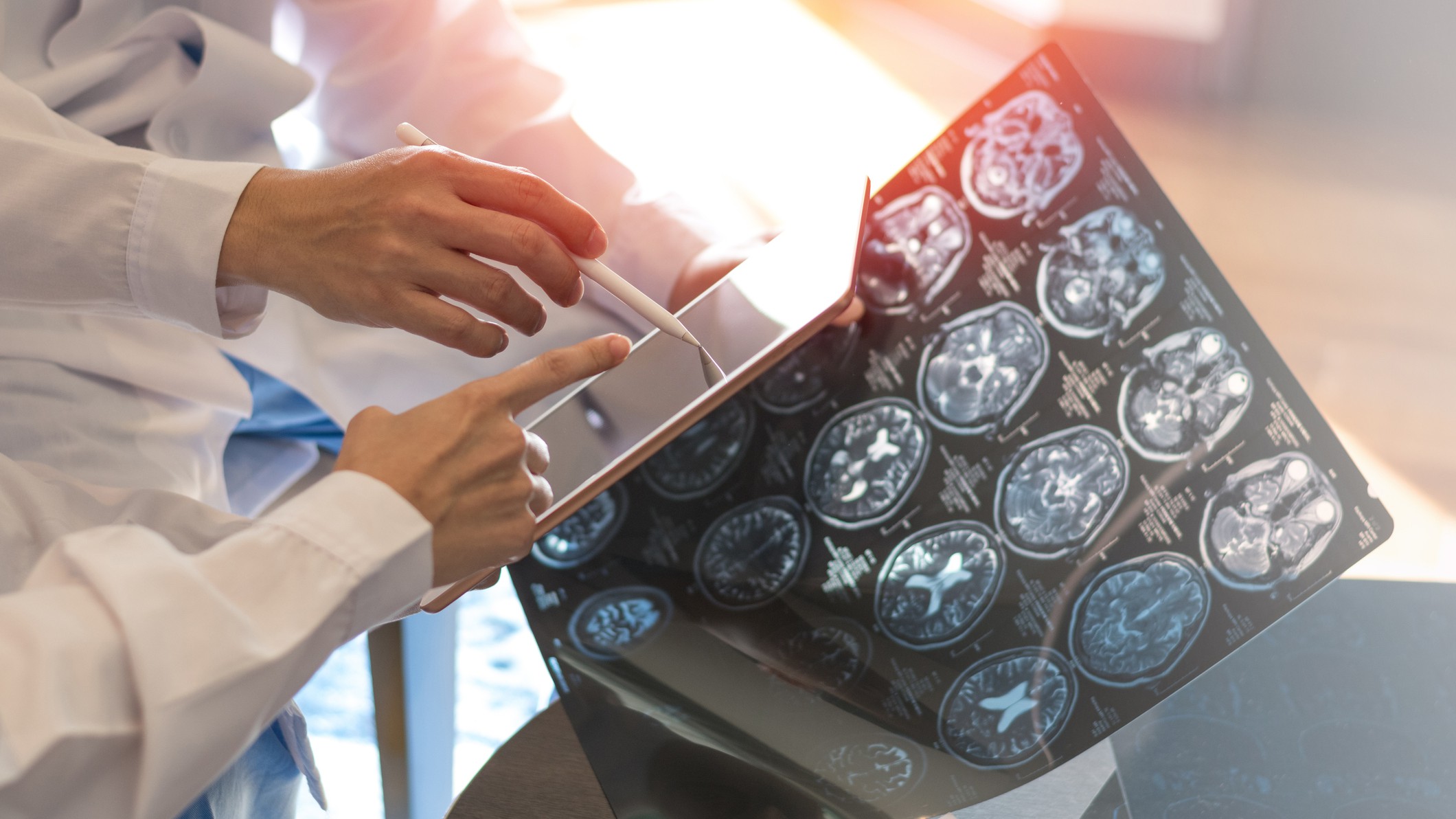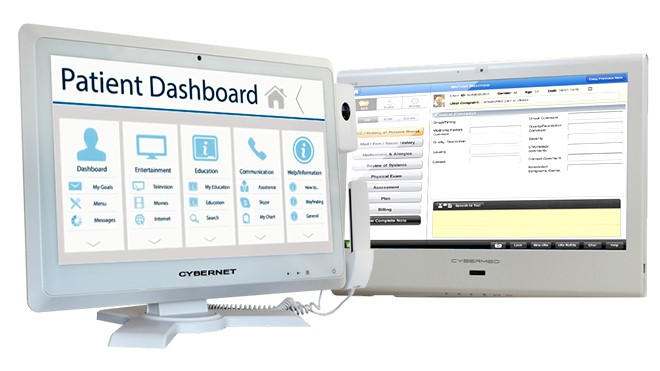Over five thousand years have passed since the first recorded dentist looked into the mouth of a patient. Today’s dental pioneers, armed with cutting-edge technology, face even greater challenges in their quest to provide superior patient care, comfort, and treatment efficiency.
In an ever-evolving healthcare landscape, dentists are continually seeking ways to enhance their practice, from achieving pinpoint accuracy in diagnosis to reducing chair time for patients. To meet these ambitious goals, dentistry is undergoing a remarkable transformation through the adoption of digital dentistry.
What Is Digital Dentistry
Article Guide
Digital dentistry refers to the use of advanced digital technologies and computer-based devices in various aspects of dental care and oral health management. This differs from traditional dentistry, which uses analog methods, relying on mechanical and electrical tools. To understand the difference better, let’s compare digital to traditional dental impressions.
Traditional dental impressions use putty-like substances (that can be messy, uncomfortable, and anxiety-inducing for many patients) to create a cast of a patient’s mouth. Then outside dental laboratories make a new prosthetic—like a new tooth—from the mold. Finally, the patient has to make another visit to be fitted with the new piece.
On the other hand, digital dental impressions use intraoral scanners equipped with cameras to capture highly detailed 3D images of the teeth, the jaw, or even the entire mouth. These digital images are far more precise than molds. Then the digital impressions are electronically sent to an in-office 3D printer that creates the required prosthetics. Depending on the complexity, the new parts may be ready to be fitted before the patient’s visit ends.
Benefits of Digital Dentistry
The benefits and advantages are numerous and include improved diagnostics, enhanced treatment planning, patient comfort, efficiency, precision, sustainability, and the potential for remote consultations:
- Improved Diagnostics: Digital X-rays and intraoral cameras provide high-resolution images, aiding in the early detection of dental issues like cavities, gum disease, and oral cancer. Moreover, 3D imaging allows for a comprehensive view of dental structures, enabling better diagnosis and treatment planning.
- Enhanced Treatment Planning: CAD/CAM technology and virtual treatment simulations help dentists plan procedures with precision, resulting in more predictable and successful outcomes. Additionally, digital impressions create accurate 3D models of a patient’s mouth, facilitating treatment planning and reducing the need for physical models.
- Patient-Centric Care: New technology is usually less invasive and more comfortable for patients compared to traditional methods, reducing anxiety and discomfort, as well as the time patients spend in the dental chair.
Technological Advancements of Digital Dentistry
The following five digital dental technologies already find use in many of today’s modern dental offices:
3D Printing in Dentistry
As illustrated earlier, dentists use an onsite 3D printer to quickly and inexpensively create custom prosthetics, models, presurgical and surgical guides quickly and inexpensively. They no longer have to rely on off-site labs staffed by dental technicians. The guides, especially, can be helpful in surgical planning: patients find it a lot easier to understand their treatment plans while holding the printed part than looking at a drawing in a medical book.
Digital Impressions
Digital or digitized impressions, also known as 3D intraoral scanning, create a virtual replica or model of a patient’s mouth. This is far less messy than using traditional dentistry and its “goopy” impression material. Patients who suffer severe gag reflex or have sensitive teeth, especially, find the technology to be a blessing.
Digital impressions scan both the hard and soft tissues of the mouth. Since the dentist can see the completed scan on the medical-grade monitor, they quickly know if there are any inaccuracies. This allows them to perform further scans while the patient is still in the chair. Dentists can even show the images to the patient to educate them about their oral health.
Computer-Aided Design (CAD) and Computer-Aided Manufacturing (CAM)
French dentist Dr. Francois Duret, considered the “father” of digital dentistry, made the first dental impressions using CAD/CAM in 1984. Today, CAD/CAM systems and software can be used from building complicated dental restorations to matching the patients’ true teeth colors when shading their crowns, bridges, and other prosthetics.
Electronic Health Records
Dental offices used to jot down patient records on paper. The bulky files were stored away in filing cabinets and boxes. Depending on the offices’ filing system, these records could be difficult to find quickly, read, and keep up to date. Copies had to be made and either faxed or mailed for off-site use.
Digital dentistry has largely done away with these paper relics thanks to the rise of electronic medical records (EHR). Federal regulations like HIPAA compliance and guidance strongly support this direction.
The advantages of using EHR are numerous and include:
- It makes keeping track of a patient’s records easier
- Improves the patient experience
- Easy scheduling
- Improved workflows
- Simplifies patient information access when dental staff is off-site or between offices
Digital Radiography
Modern dental offices no longer use traditional X-ray machines to get a picture of a patient’s mouth and underlying bone structures. And with good reason.
The traditional method was time-intensive. The film had to be processed and then physically mailed or hand-delivered back to the dentist’s office. Afterward, it was stored away in files and similar cabinetry.
Digital radiography uses X-rays to scan through a patient’s mouth just like the traditional method. However, the resulting images are captured in the attached computer, not on film. This gives several advantages:
- It’s safer. According to the American Dental Association, patients and dental staff are less exposed to radiation with digital radiology than traditional X-ray machines.
- There’s no processing time. Images done by digital radiography can immediately be seen on the computer monitor.
- Ease-of-storage. The files generated by digital radiography can easily be uploaded and stored on an office server or in the cloud. This makes them easy for the dentist or staff to retrieve at any time, as well as share with specialists if necessary.
Challenges and Considerations
The digitalization of dentistry and its advantages come at a cost. And not all are financial:
- Initial Investment Costs: The technology can be expensive. For example, dental 3D printers range from a few thousand to over $100,000 each. And intraoral scanners can set a dental office budget back by $3,000 – $10,000. This financial barrier may pose challenges for smaller dental practices or those in less affluent areas.
Therefore, dentists must carefully assess their practice’s needs, budget, and long-term goals when investing in digital technology. Exploring financing options and cost-sharing arrangements can help mitigate the upfront financial burden.
- Training and Education: Learning to integrate and operate a new technology can be time-consuming and may temporarily disrupt the practice’s efficiency.
For that reason, dental practices should allocate time and resources for comprehensive training to maximize the benefits of digital dentistry. The good news is that many manufacturers offer training programs to ensure a smooth transition.
- Data Security and Privacy: As members of the healthcare sector, dental professionals must comply with HIPAA to ensure the privacy of their patients’ medical records. Digital dentistry could result in breaches and cyberattacks due to its greater use of electronic files and formats.
Hence dental practices must also invest in robust cybersecurity measures and train staff to recognize and address potential threats.
- Integration With Traditional Dentistry: Transitioning from traditional to digital dentistry can be a gradual process, and there may be a learning curve. Some dental procedures may still rely on conventional methods, creating a need for seamless integration between analog and digital workflows.
- For that purpose, dental professionals should develop protocols and workflows that allow for a smooth transition between digital and traditional methods when necessary.
The Future of Digital Dentistry
Like the rest of healthcare, the dental field continues to evolve and grow. Digital dentistry looks to bring innovation and change with the following upcoming tools:
- Digital implant surgery starts by creating a 3D digital scan of the patient’s bone and nerves around the jaw. An in-house 3D printer then prints the custom implant and its guide. The hope is that such precise customization means less surgical time, less trauma to the patient, as well as faster and more thorough recovery.
- Smart toothbrushes track how often a patient brushes their teeth. They use built-in cameras to check around the patient’s mouth as well as pressure sensors to track how they’re brushing their teeth (e.g., using too much or too little pressure)
- “Smart teeth” are dental implants or wearable appliances. Sensors in them collect all kinds of data about the state of a patient’s mouth. Sugar intake, brushing frequency, and even pH balance are just some of the information collected by these devices.
- With the Internet of Dental Things (IoDT), the days when dentists examined patients during yearly cleaning or when suffering a toothache are gone. Data from the above smart devices send the information to dentists over the Internet in real time. This allows them to know precisely how well the patients are keeping up (or not) with their oral health hygiene.
Start Your Digital Transformation With the Right Computers
Digital dentistry relies on computers to perform its many functions. Medical computers and tablets are built from the ground up to work in healthcare’s demanding environments like dentistry. Dental offices looking to purchase should look for:
- Touchscreen controls. Touchscreens are naturally more intuitive. Staff doesn’t waste valuable time learning and adjusting fiddly external controls. Touchscreens, instead, allow the user to control exactly what they need to manipulate or alter. This becomes even more important on medical tablets and their smaller surfaces.
- Water and other fluids like liquid cleaners can be found in dental offices. Medical computers are protected from stray water blasts during routine teeth cleaning thanks to an IP65-sealed front bezel.
- A variety of dental tools are used in dentistry. Many are noisy and extremely loud in operation. Studies have shown prolonged exposure to all that noise over many years could lead to hearing loss or tinnitus, a constant ringing in the ears. Fanless cooling systems, used in many medical computers, make no noise and won’t contribute to possible hearing damage to the dentist and staff.
Embracing digital dentistry is the key to delivering superior care and staying ahead in a rapidly evolving field. If you’re ready to take the leap, consider integrating cutting-edge solutions like Cybernet’s medical computers into your practice. Contact an expert here at Cybernet for more info. We’ll be happy to go over our medical-grade computers and how they keep your patients safe, as well as your facility efficient.
Join the conversation and connect with us on this and other relevant topics. Follow us on Facebook, Twitter, and Linkedin.
Surviving the Transition to Digital Dentistry
February 5, 2019
Transitioning from a standard dental office to a fully digital practice causes many dentists to balk. The initial cost is high, the learning curve can feel extreme, and the constantly-mutating nature of technological…
0 Comments11 Minutes
Digital Literacy Skills Needed in Healthcare
July 15, 2021
When people decide to start a career in healthcare, they usually start looking into how they can acquire the necessary medical knowledge and certifications necessary to do their job. What they probably don’t think is,…
0 Comments7 Minutes
How EMR is Changing the Face of Healthcare
July 6, 2015
The extensive use of devices like all-in-one computers and medical tablets has re-shaped the way certain industries operate. The medical profession has seen startling shifts when it comes to patient care and treatment…
0 Comments6 Minutes
You Can't
Learn from a Pop-up
But we can deliver knowledge to your inbox!
We dive deep in the industry looking for new trends, technology, news, and updates. We're happy to share them with you.
Knowledge, News, and Industry Updates Right in Your Inbox





